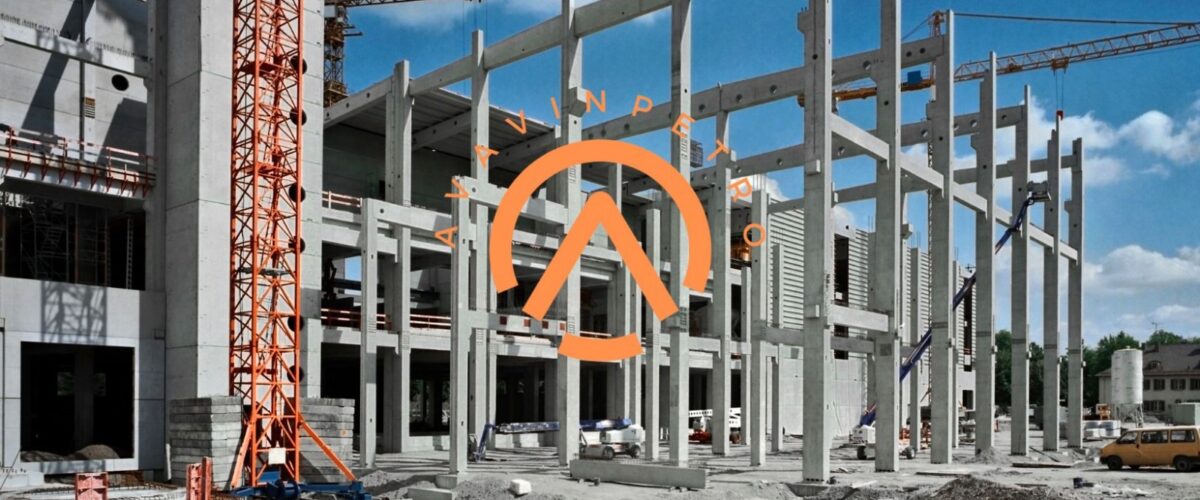Investigating the Impact of Polystyrene Use on the Construction Industry in Developing Countries
Polystyrene’s impact on construction in developing countries is a complex issue with far-reaching implications. While its versatility and cost-effectiveness have fueled its widespread adoption, concerns regarding environmental sustainability, structural integrity, and social ramifications persist.
The surge in polystyrene demand can be attributed to its affordability and adaptability to various construction needs. However, inadequate recycling infrastructure and disposal practices have led to environmental degradation and pollution. Despite its economic benefits and job creation potential, safety and regulatory challenges pose significant hurdles.
Case Studies
Country-specific Examples
Analyzing the use of polystyrene in specific nations provides valuable insights into its impact on the construction industry. For example, in countries like India and China, where rapid urbanization is driving construction demand, polystyrene is increasingly favored for its affordability and ease of installation. However, challenges related to waste management and environmental pollution have prompted regulatory interventions and calls for sustainable alternatives.
Conversely, in regions like Scandinavia and parts of Europe, stringent environmental regulations have led to greater scrutiny of polystyrene use in construction. Here, emphasis is placed on eco-friendly building materials and energy-efficient design practices, prompting a shift towards greener alternatives.
Case studies highlighting successes or challenges
In South Africa, polystyrene has been successfully utilized in affordable housing projects, where its lightweight properties and insulation capabilities contribute to energy efficiency and cost savings. However, concerns over long-term durability and environmental impact have spurred debates over its continued use, prompting stakeholders to explore alternative building materials.
Similarly, in Latin American countries like Brazil and Mexico, polystyrene is prevalent in low-income housing developments, offering a cost-effective solution to housing shortages. Yet, issues related to waste management and health hazards associated with polystyrene manufacturing remain key areas of concern, prompting calls for stricter regulations and sustainable alternatives.
Future Prospects
Technological Innovations
Advancements in recycling technologies hold promise for mitigating the environmental impact of polystyrene in construction. Innovations such as chemical recycling and pyrolysis processes offer potential solutions for converting polystyrene waste into valuable resources, reducing reliance on virgin materials and minimizing environmental pollution.
Furthermore, research into alternative materials and construction methods is driving the development of sustainable alternatives to polystyrene. From biodegradable polymers to innovative composite materials, these solutions aim to balance the need for cost-effective construction with environmental responsibility, paving the way for a more sustainable built environment.
Industry Trends
The construction industry is witnessing a paradigm shift towards sustainable practices and green building technologies. As awareness of environmental issues grows and regulatory pressures mount, developers and contractors are increasingly prioritizing eco-friendly materials and construction methods.
This shift is reflected in the rising demand for sustainable building certifications such as LEED (Leadership in Energy and Environmental Design) and BREEAM (Building Research Establishment Environmental Assessment Method), which emphasize energy efficiency, resource conservation, and environmental performance.
Conclusion
In conclusion, the impact of polystyrene use on the construction industry in developing countries is multifaceted, encompassing economic, environmental, and social dimensions. While polystyrene offers cost-effective solutions for affordable housing and infrastructure development, its widespread use raises concerns about environmental sustainability, structural integrity, and social welfare.
Balancing the economic benefits of polystyrene with environmental and social considerations requires a holistic approach that embraces technological innovation, regulatory oversight, and community engagement. By promoting sustainable alternatives and adopting responsible construction practices, stakeholders can mitigate the negative impact of polystyrene on the built environment and pave the way for a more resilient and sustainable future.
FAQs
- Is polystyrene widely used in construction worldwide?
- Polystyrene is commonly utilized in construction globally, particularly in developing countries where cost-effective building materials are in high demand.
- What are the main environmental concerns associated with polystyrene?
- Environmental concerns include limited recycling options, pollution from improper disposal, and adverse effects on ecosystems and wildlife.
- Are there alternatives to polystyrene in construction?
- Yes, alternatives such as recycled materials, natural fibers, and eco-friendly composites are being explored to reduce reliance on polystyrene and minimize environmental impact.
- How do government policies affect polystyrene use in construction?
- Government regulations and standards play a crucial role in shaping the adoption and management of polystyrene in construction, influencing material choices and construction practices.
- What can individuals do to address the impact of polystyrene in construction?
- Individuals can advocate for sustainable building practices, support initiatives promoting eco-friendly materials, and adopt responsible disposal methods to minimize the environmental footprint of construction projects.
Written by Emir Narin

